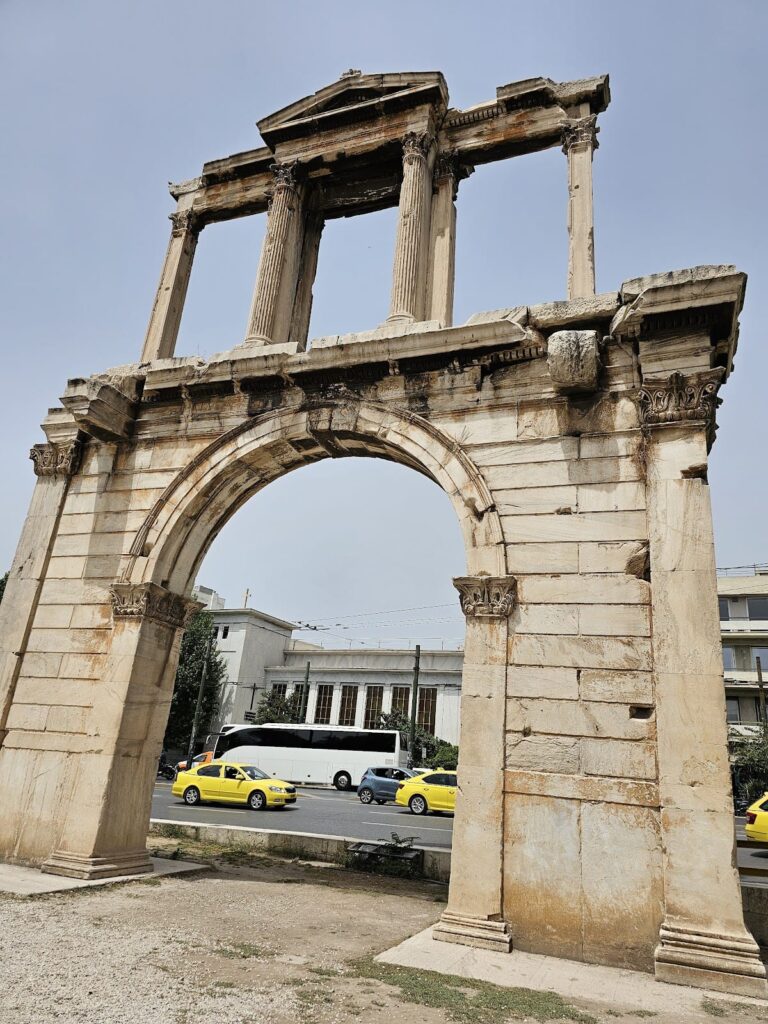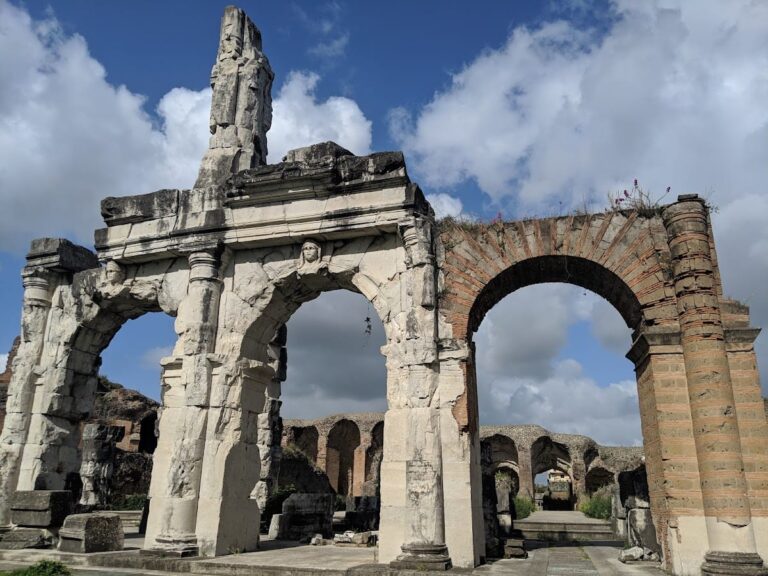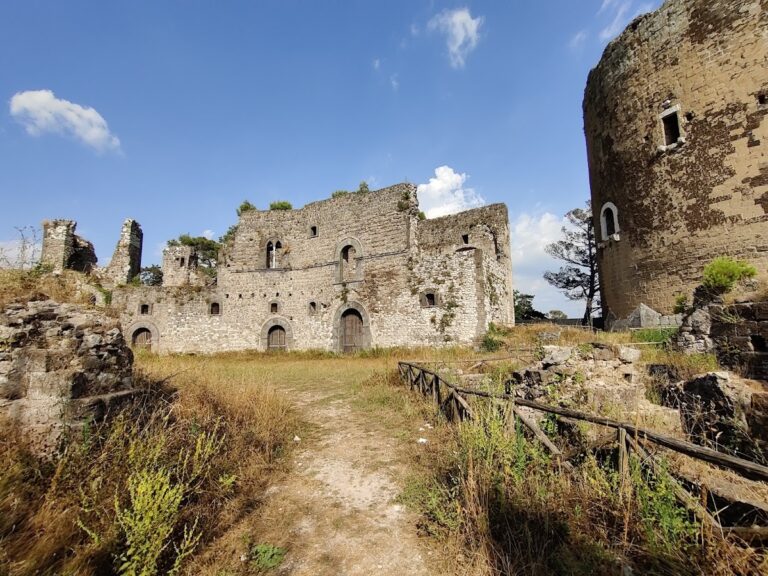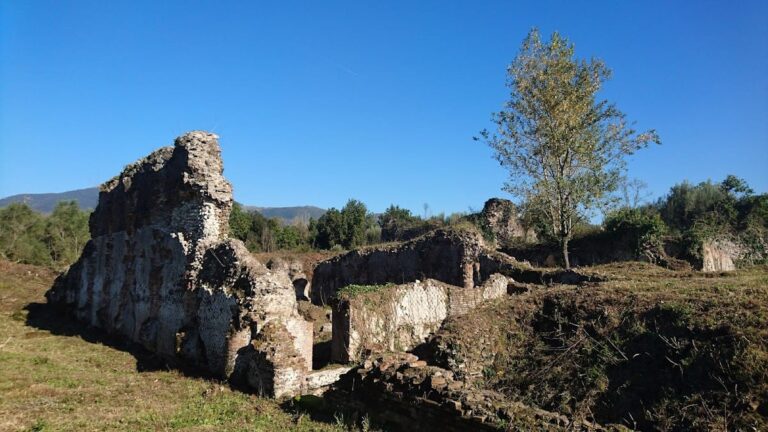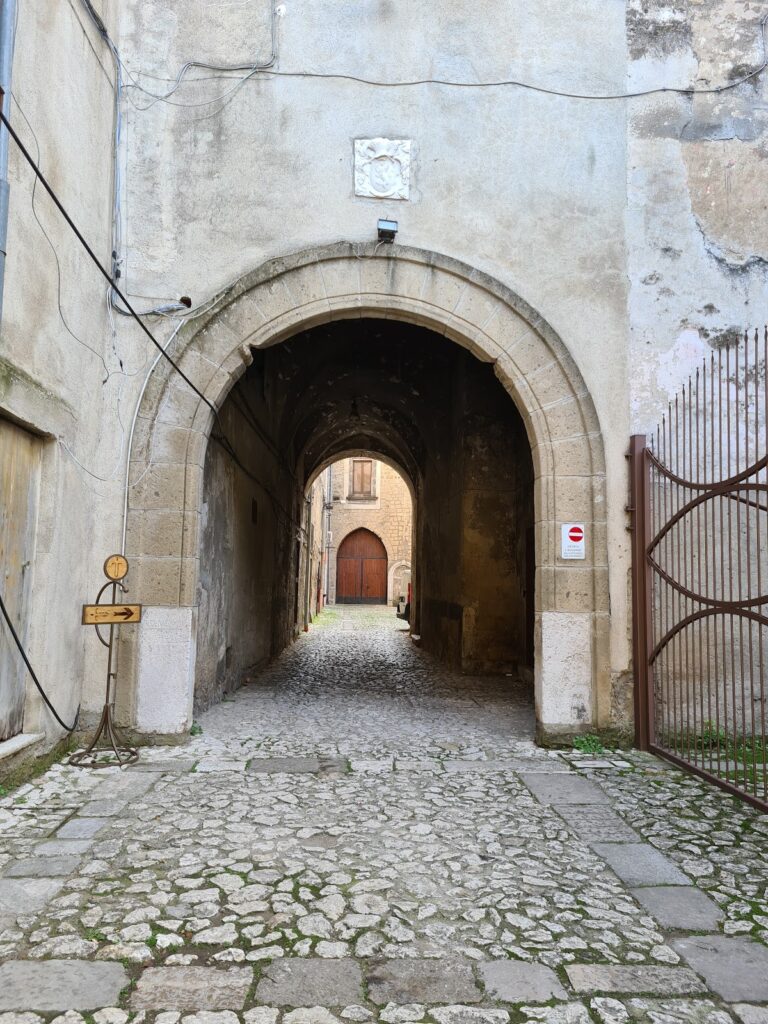Arch of Hadrian in Santa Maria Capua Vetere: A Roman Monumental City Gate
Visitor Information
Google Rating: 5
Popularity: Very Low
Google Maps: View on Google Maps
Country: Italy
Civilization: Roman
Remains: Civic
History
The Arch of Hadrian stands in Santa Maria Capua Vetere, a town in the province of Caserta, southern Italy. This area corresponds to the ancient city of Capua, a significant settlement in Roman times. The arch was built by the Romans between the late 1st century and the early 2nd century AD.
The arch’s original construction likely dates to the Flavian dynasty, which ruled from 69 to 96 AD. This period coincides with Capua’s elevation to colonia status, when it was renamed Colonia Flavia Augusta. The arch served as a monumental city gate on the Appian Way, marking the boundary of the city’s sacred limits, known as the pomerium.
Later inscriptions once thought to dedicate the arch to Emperor Hadrian and Septimius Severus have been reconsidered. The Hadrian dedication is now regarded as false, while the Severan inscription probably belonged to a nearby statue base, not the arch itself. These findings suggest the arch’s primary association remains with the Flavian period.
In the 19th century, the arch underwent partial restoration, including reconstruction of its side sections. It suffered damage during the 1860 Battle of Volturno, a conflict in the Italian unification wars. A commemorative plaque with text by Luigi Settembrini was placed on one of the arch’s pylons to mark this event. Repairs followed after 1893.
The arch was further damaged during World War II. Restoration efforts took place in 1945 and again between 1953 and 1955, aiming to preserve the remaining structure. Today, the arch reflects a long history of construction, conflict, and conservation in this historic Italian city.
Remains
The Arch of Hadrian was originally a triple arch spanning the Appian Way, functioning as a grand city gate. It was built using brickwork known as opus latericium, a common Roman technique involving fired bricks. The exterior was once covered with white limestone facing, which has since disappeared.
Currently, three of the arch’s pylons and one lateral arch remain standing. These ruins reach about 10 meters in height and span roughly 18.5 meters in width. The central arch was wider and taller than the side arches, with an opening of 4.85 meters compared to 3.95 meters for the lateral ones. The arches themselves stood around 6.2 meters high.
At the base, the pylons are faced with white limestone blocks. Each pylon contains niches with arched tops, designed to reduce the visual mass of the structure. Holes in the brickwork indicate that columns once framed these niches, supporting an entablature, a horizontal structure, above the arches.
It is believed that statues originally occupied the niches, although the niches on the inner sides of the central pylons are modern reconstructions. The arch is situated between Corso Moro and Via del Lavoro in Santa Maria Capua Vetere. Visible today are the results of 19th- and 20th-century restorations, which include added and rebuilt sections on the sides.
A plaque commemorating the 1860 Battle of Volturno is attached to one of the pylons, linking the monument to later historical events. Despite damage from warfare and time, the arch remains an important archaeological and historical landmark in the city.
